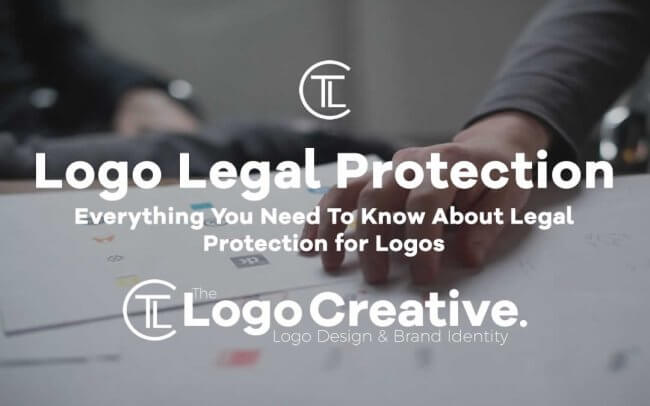Your company’s logo is an integral part of your business since it’s an artistic representation of your brand. It’s an essential aspect of your marketing and promotional strategies to separate your products and services to that of your competitors. A well-designed logo helps in boosting awareness for your brand and makes your enterprise easily recognizable to consumers.
Whether you created your logo yourself or hired someone to craft a symbol for your business, you should know how to protect your intellectual property legally:

-
Table of Contents
Know the Terms
Trademark and copyright are often used interchangeably, but they have different functions when it comes to protecting your intellectual property. There’s also another term, service mark, which gets mixed up with the other legal jargons. If you’re planning on getting a trademark, it’s crucial that you are familiar with the terms and what protection they offer.
- Trademark – This can be a word, phrase, symbol, or design that differentiates your brand from others. It is used for products. By filing with the United States Patent and Trademark Office (USPTO) for registration, you get the right to use the mark with your goods. You also get a legal presumption of the mark nationwide.
- Service Mark – It is similar to a trademark, but it is used to identify the source of a service rather than items. It also comes with the same benefits as a trademark when you register it with the USPTO.
- Copyright – A copyright is used to protect original works by an author or designer. This covers literary, musical, and artistic pieces like songs, poetry, novels, architecture, and computer software.For individual creators, the duration of this protection lasts for the lifetime of the author with an additional 70 years. For anonymous authors or those who wrote under a pseudonym, legal protection lasts depending on which is shorter: 95 years from the publication date or 120 years from the creation date.
- Patent – This property right is typically used for ideas like unique chemical compositions and industrial processes, as well as inventions such as machines and gadgets.
-
Determine the Protection You Need
Knowing the type of protection your business needs regarding your logo is essential. Securing your assets which includes your intellectual property can boost your company’s net worth. Trademarks and copyrights also prevent misuse of your logo. Most businesses use both to protect their designs.
-
Pros and Cons of a Trademark
Trademarks cover your brand’s name and your logo’s colors, typefaces, and designs, but it only does to prevent confusion in the marketplace. It does not prevent plagiarism of the artwork. For example, two brands with the name “Unidentified” can operate at the same time provided they are in different industries.
-
Pros and Cons of a Copyright
For copyrights, a logo must be unique and instantly recognizable. So, if your logo can be considered a piece of artwork with its great concept and intricate design, it doesn’t just feature your brand name or a letter symbol, then you should probably file for copyright to prevent other sources from reproducing your creation. There is a specific level of creativity requirement which may make the process longer.
To be on the safe side, you can always file for both trademark and copyright to protect your logo: the former to stop your competitors’ use of it to confuse your target audience and the latter to thwart unwanted copying. This way, you ensure the security of your brand recognition in the marketplace.

-
Follow the Process
If you want to get both a trademark and copyright, you should know how to file for them and which documents to fill out. Before doing that, though, you must do your research on the existing logos on government databases to ensure that your logo does not match any of the trademarked and copyrighted designs.
Here are the steps to copyright your logo:
- Fill out the online application.
- Pay the registration fee of $39 using your credit card, electronic check, or deposit account for online transactions.
- Send copies of your logo. One copy if it hasn’t been used anywhere yet, and two if it has been published.
- Check your email inbox for the office’s confirmation message.
To trademark your logo:
- Apply through the Trademark Electronic Application System (TEAS) and provide a thorough description of your logo
- Check if your application was approved. The process typically takes about four months.
Conclusion:
Be proactive about protecting your company’s assets, which includes intellectual property such as your logo. This way, you are defending yourself against future copyright and trademark infringements that may not only affect your sales but damage your reputation as well. Get legal protection for your logos to maximize the time and money you invested in their conception.

